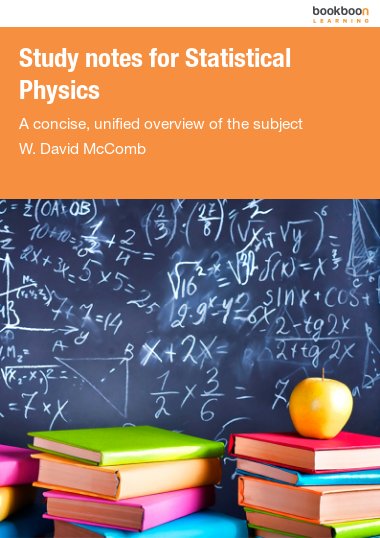This is an academic textbook for a one-semester course in statistical physics at honours BSc level. It is in three parts and begins with a unified treatment of equilibrium systems, based on the concept of the statistical ensemble, in which the usual combinatorial calculation only has to be worked out once. In the second part, it deals with strongly interacting systems in terms of many-body theory, including the virial expansion and critical phenomena at the level of mean-field theory. The third, and last, part of the book is concerned with time-dependence; and, it begins with a classical treatment of the paradox posed by the `arrow of time'. This is the question of why macroscopic systems are irreversible when their constituent microscopic interactions are reversible in time. It then treats the derivation of transport equations, linear response theory, and quantum dynamics. Throughout the book, the emphasis is on a clear, concise exposition, with all steps being clearly explained.

